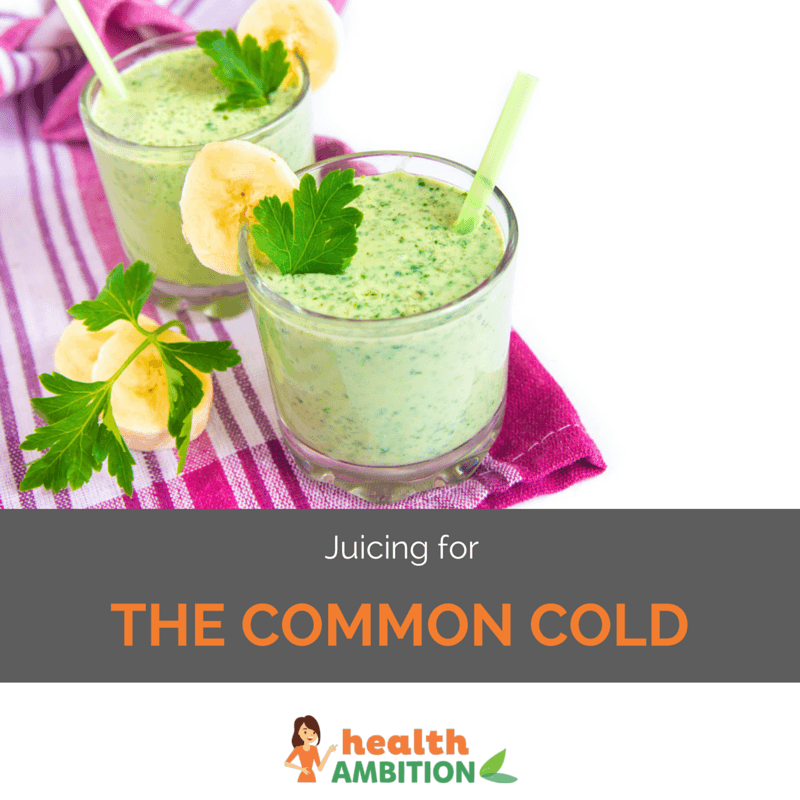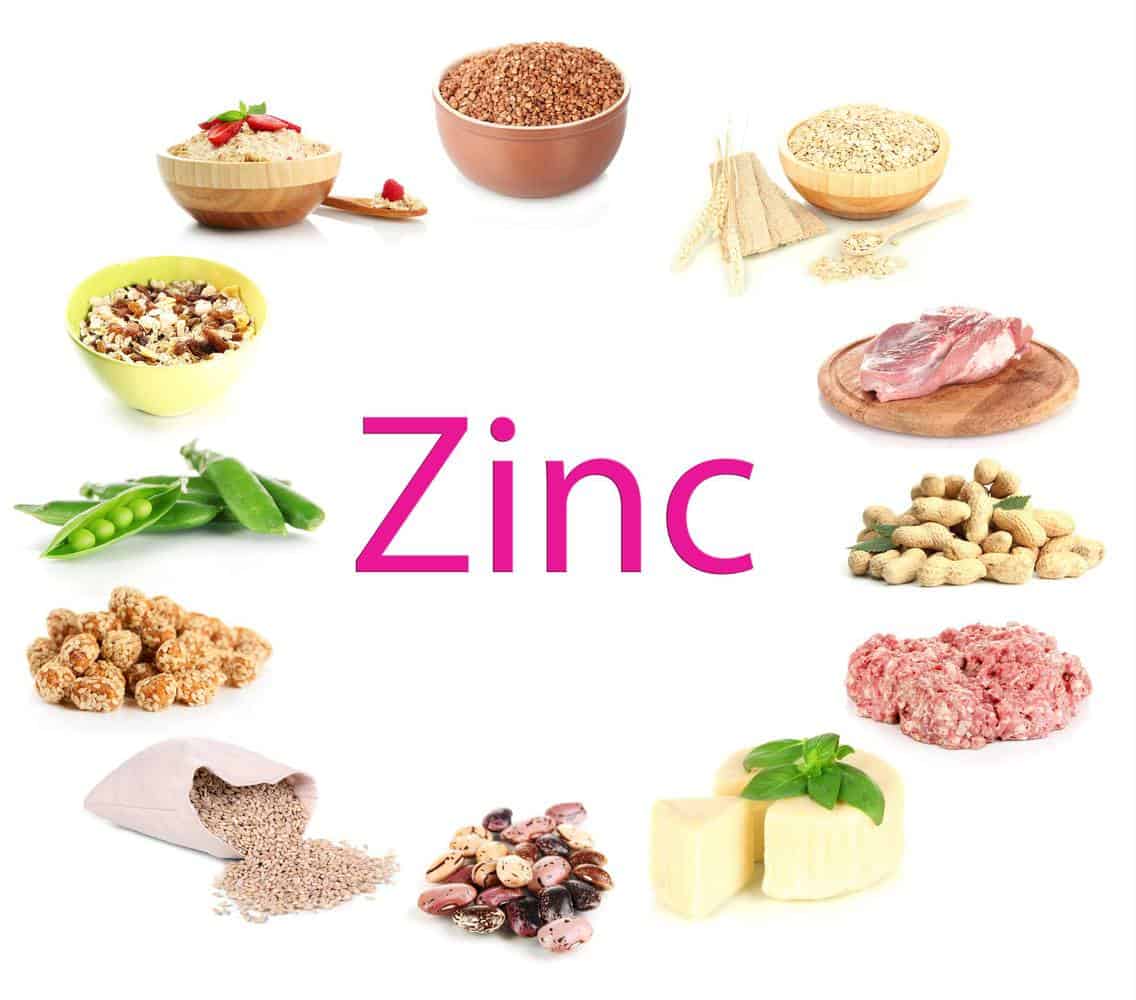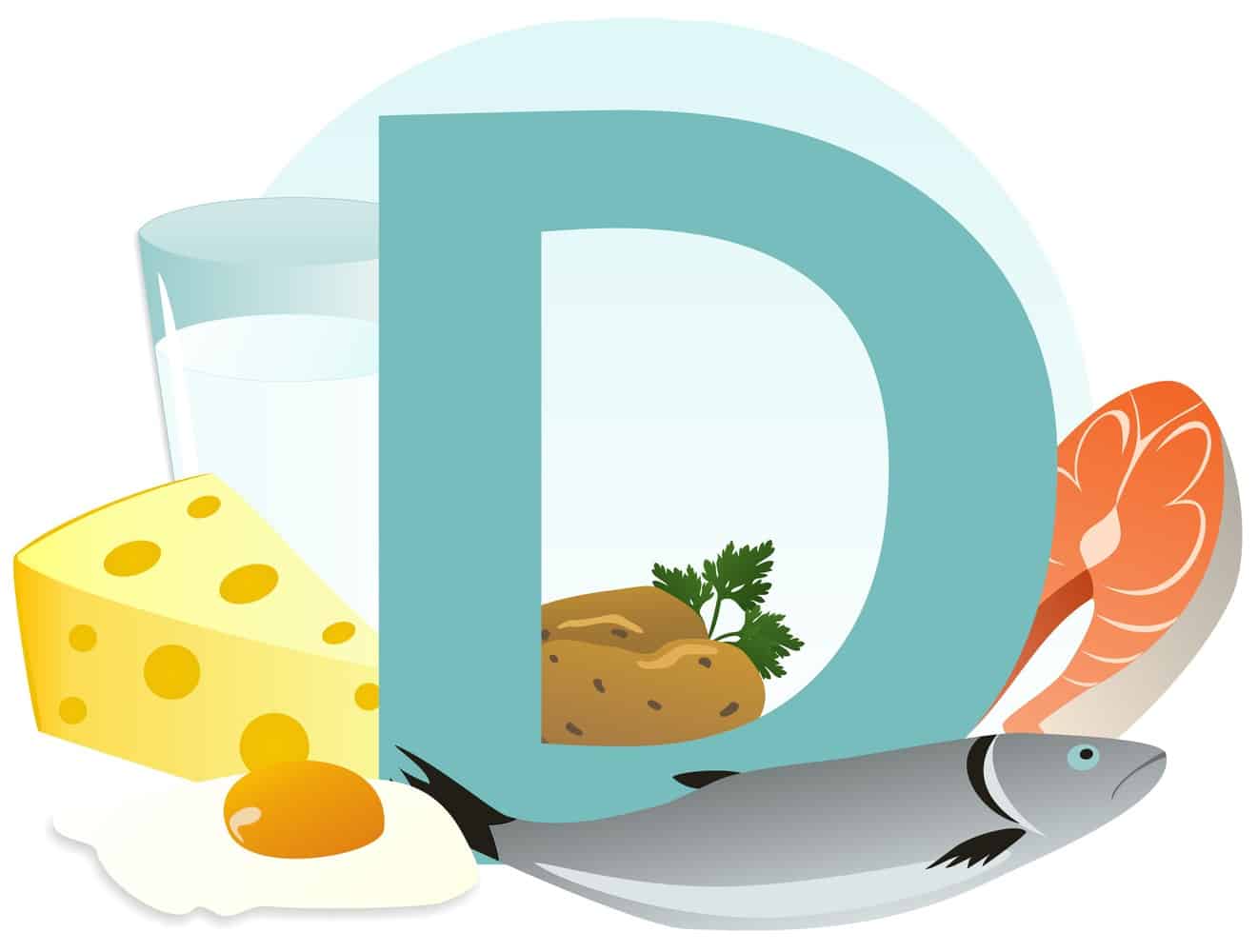
They can strike at any time, with only the slightest warning of a sniffle or sneeze. I’m speaking, of course, about colds. I’ve been nursing one myself here recently, and have been nose deep (pun intended) in research about what causes this extremely common illness.
While I don’t feel awful, I want to know how I can prevent or relieve any future cold outbreaks – they really do put a damper on things! I’ve also come across some great ideas for juicing for colds, and I’m looking forward to sharing those with you here. So grab a kleenex and read on – we’re going to learn how to knock your next cold out…cold.
The Common Cold
Chances are you’ve had a cold at some point in your life. Probably many more than you can count, if you’re anything like me.
The “common cold” is referred to as such because it is, in fact, one of the most common illnesses that affect us as humans. In the course of a year, people in the United States alone suffer 1 billion colds. (Source)
Typically I’ll get a cold when the temperature starts to drop, usually some time in the autumn months. But there are certainly times during the summer that I find myself sneezing and trying to breathe through a stuffy nose.

There are over 200 different viruses that can cause cold symptoms. The cold we’re usually infected with during the winter months is generally triggered by a rhinovirus, which seems to survive best in cooler temperatures.
During summer months, there are different cold-causing viruses that can thrive. “Generally speaking, summer and winter colds are caused by different viruses,” says Dr. Michael Pichichero, infectious disease researcher at the Rochester General Hospital Research Institute in New York. (Source) “When you talk about summer colds, you’re probably talking about a non-polio enterovirus infection.”
Cold Symptoms
Regardless of which kind of virus you’ve wound up with, the results are usually the same. The symptoms of a cold are probably already very familiar to you:
- Stuffy/congested nose
- Sore or scratchy throat
- Sneezing
- Coughing
- Trouble smelling or tasting
Typically, cold symptoms will show up 1 to 3 days after you’ve come into contact with the virus. They can last anywhere from a few days to a week.
The reason that colds are so common is because they are highly contagious. A cold-causing virus is spread when we touch any surface that has the virus on it – and you can even breathe in the virus.
How to Prevent Catching a Cold in the First Place
There is currently no cure or vaccine for the common cold, but there is research underway to develop a single vaccine for most types of colds. (Source)
Until then, the best way to avoid getting a cold is to take preventative measures. Unfortunately, the virus spreads so easily and quickly, that it’s hard to avoid it. But here are a few tips to remember:
Avoid close contact with someone who has a cold, especially during the first couple of days of their illness. This is when the infection is more likely to spread.
WASH YOUR HANDS! Wash them after you touch someone who has a cold or an object they’ve touched. Remember to wash children’s toys after they’ve played with them. When in doubt, wash your hands.
Keep fingers and hands away from your nose and eyes to avoid infecting yourself.
Don’t spread the virus if you’re infected! Cover your nose and mouth when coughing or sneezing, and stay away from people who are most vulnerable to viruses (i.e. people with autoimmune diseases or asthma).
Fighting Colds With the Right Foods
While I’m fighting a cold, I try to make sure I’m giving myself the right fuel to beat infection. There are some really helpful vitamins and minerals that you can incorporate into your diet to relieve your cold symptoms more quickly and boost your immune system to help fight off further infection.

I find that juicing helps me to get these nutrients more quickly. Of course any fruit and veg will do your body good but lets touch on the main vitamins and minerals that we’re looking for when it comes to colds.
1. Cysteine
Cysteine is a kind of amino acid – and if you remember science class, you might recall how amino acids are the building blocks that make up protein. Cysteine plays several physiological roles in the body, and many believe that taking additional cysteine as a supplement can be a benefit your health.
Cysteine is found in most high-protein foods, including:
- Some dairy foods: ricotta, yogurt, cottage cheese
- Meats: chicken, pork, turkey, duck
- Grains: oats, granola, and wheat germ
- Plant sources: red peppers, garlic, onions, broccoli, brussels sprouts
Why is it so great? Cysteine has anti-inflammatory properties, and its chemical structure closely resembles a drug used as treatment for bronchitis. The amino acid is capable of soothing sore throats and preventing further deterioration and inflammation of tissue. All good things!
2. Zinc
Zinc is a mineral that our bodies need for some pretty important functions. It’s one of the most common minerals in the body and has been used for centuries to “help heal wounds and plays an important role in the immune system, reproduction, growth, taste, vision, and smell, blood clotting, and proper insulin and thyroid function.” (Source)

In one study, nursing home residents who had normal levels of zinc were reported to have “a lower risk of pneumonia, fewer new antibiotic prescriptions and fewer days of antibiotic use.”
The best sources of zinc are the following foods:
- Oysters
- Red meats
- Poultry
- Cheese (ricotta, Swiss, gouda)
- Shellfish
- Legumes (especially lima beans, black-eyed peas, pinto beans, soybeans, peanuts)
- Whole grains
- Miso, tofu
- Cooked greens
- Green beans
3. Vitamin C
There is still research needed around how effective vitamin C, or ascorbic acid, is at preventing colds.
Studies do support the claim that increasing your intake of vitamin C can help with the duration of a cold. (Source) So it doesn’t hurt to up the amount of vitamin C you’re taking in, especially if there’s a good chance you’ll be able to cut down your recovery time from the illness.
High vitamin C foods include:
- Bell peppers
- Dark leafy greens
- Kiwi
- Broccoli
- Berries
- Citrus fruits
- Tomatoes
- Papayas
4. Vitamin D
Also known as the “sunshine vitamin,” we get vitamin D different foods and supplements, but also from exposure (but not too much!) to the sun.

Vitamin D is essential to a lot of different processes in the body, from healthy teeth and bones to supporting the health of the immune system, brain, and nervous system. Finding vitamin D in plants is tricky — most vitamin D comes from sources like fish. You can also find vitamin D in mushrooms.
5. Probiotics
Our bodies are full of bacteria, both good and bad. Probiotics are the good bacteria – they support our immune system and are especially helpful for our digestive systems. Probiotics are what I consider helpful bacteria that help balance out your internal “environment.”
Fermented foods like sauerkraut and pickles contain probiotics, and so do other foods such as yogurt, kefir, tempeh, and kombucha.
Juicing for Colds
Juicing is an excellent way to get all of the nutrients that you need (and a lot of the nutrients we’ve mentioned) to help fight your cold symptoms.
The result of juicing all of these fruits and vegetables is the health-promoting phytonutrients and enzymes in the soluble fibers of those plants are more easily absorbed by the body. This means that that they can get to work on fighting your symptoms quicker.

Here are a few recipes you can try, if you’re feeling a cold coming on, or want to support your immune system to fight off any stuffy nose or scratchy throat you might have.
Remember to experiment with your juices. You can substitute some of the ingredients if you prefer tangerines over oranges or carrots over butternut squash. Have fun trying some new recipes and figure out which flavors you enjoy most.
Pink Energy Boost
This pretty pink-hued juice is packed with vitamin C from the citrus fruits and has plenty of antioxidants. The green, leafy kale has anti-inflammatory effects that will help to fight off any further infection.
Ingredients
- Seeds from one large pomegranate
- 2 grapefruits
- 1 lemon
- 1 bunch of fresh kale
Directions
Wash all of your fruits and the kale! Cut up lemons and grapefruits to help ease through the juicer, along with kale and pomegranate seeds. Enjoy first thing in the morning for a tart, juicy start to the day!
Sunshine Yellow Cold-Fighting Juice
Packed with beta-carotene and amino acids, this brightly-colored butternut squash and ginger juice will help you kick your cold to the curb. The ginger promotes sweating and fights inflammation, and zesty lemons provide you with vitamin C. I love the addition of turmeric to this recipe.
The anti-inflammatory benefits in this juice are off-the-charts amazing!
Ingredients
- 1 medium butternut squash, peeled and de-seeded
- 2 lemons
- 2-inch piece of ginger, peeled
- 2 tsp turmeric powder
Directions
Wash all of your produce! Cut up squash and lemons into chunks that will fit through the juicer, then add the lemons and turmeric. Yum!
Cold Killer Orange Juice
The combination of citrus, turmeric, ginger, and garlic make this juice a seriously powerful weapon in your fight against the cold virus. Garlic is perfect for fighting off infection, and the bell pepper contains cysteine, which is anti-inflammatory.
Ingredients
- 2 oranges
- 1 large carrot
- 1 orange bell pepper
- 1 lemon
- 1 in piece of turmeric (or 2 tsp turmeric powder)
- 1 in piece of ginger
- 1 clove garlic
Directions
Wash all produce. Peel the oranges and lemon and remove the stem and seeds from the pepper. Add all ingredients through your juicer and enjoy!
Other Tips for Treating a Cold
We’ve covered juicing for colds with a few excellent recipes above, but there are a few other ideas you can use to try and ease your symptoms.
Rest
If you’re feeling a cold coming on, give your body the chance to recuperate and re-energize. It’s especially important to ensure that you’re getting all the sleep you need (somewhere between 7-9 hours a night) when you’re sick with a cold. When our bodies experience sleep, there are several different processes that go on that help to replenish our energy and heal us from the day before. We especially want to give our bodies the chance to do this when we’re sick.
Drink Plenty of Fluids
Besides juicing for colds, make sure you drink plenty of water. This helps prevent your nasal passages and throat lining from drying out, and makes it easier to clear out any mucus and congestion that you might have.
Gargle with Warm Salt Water
This can help ease sore throat symptoms and soothes itchy, inflamed tissue.
Avoid Caffeine and Alcohol
Both lead to dehydration, which is the opposite of what you want for a cold!
Final Thoughts on Juicing for Colds
One of my favorite things about juicing, especially when I’m not feeling well, is that I can get all of the nutrients that I need to fight illness, without having to do a whole lot. The juicer does it all for me!
If you’re looking for a quality juicer, Breville is one of the most highly recommended brands out there. The Juice Fountain is one of the most popular versions.
It’s never fun to nurse a cold, but the next time you feel a sniffle coming on, try one of our juicing recipes to send it away more quickly!
What other juicing recipes have you tried for colds?
Leave a comment